This is a brief history of Temple with a few photos, however there is a more detailed page here which was submitted by forum contributor, Archie Young.
 | 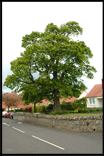 | 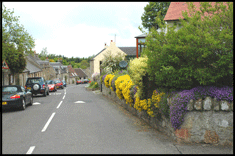 |
Temple derives its name from the famous military order of the Knights Templar who had their Scottish base here between the 12th century and their suppression in the early 14th century. The Order of the Temple was founded to protect the pilgrims in the Holy Land. As a reward for these duties, the Knights were given land in Scotland and England. In 1312 the Order was suppressed and the land at Temple was given to the Knights of St John in Jerusalem, whose chief Scottish seat was at Torphichen in West Lothian. The Knights of St John were funded by the residents of Temple who gave them a tenth of their income. Prior to 1570 the village was known as Balantradoch (or Balantrodach/Balantrodoch).
 | 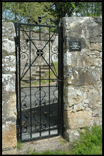 | 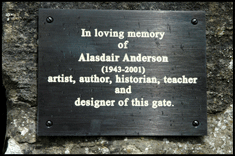 |
The Old Temple Kirk may date back to the 12th century although it is more likely to have been built by the Knights of St John soon after they succeeded the Templars in 1312. The late Gothic tracery can still be seen with animals carved at the ends of the mouldings above the windows. This theory is confirmed by the inscription on the gable end of the church “VAESEC MUHM” that has been translated as “Vienne Sacrum Concilium Militibus Johannis Hierosolymitani Melitensbus” meaning The Sacred Council of Vienne, to the Knights of St John of Jerusalem and Malta”.
In 2006, 2 local historians and members of the Scottish Knights Templar of the Commandery of Jacques de Molay 1314 – Chevalier Archie Young and Chevalier Robert Hunter – discovered what looked like a small headstone. On further examination of photos of the stone, it appears to be Floral Cross or Knights Templar Baculus — the staff of office for either a Knight or an Abbot. The stone has been passed on to Historic Scotland for further tests and it may well be from between the 13th and 15th centuries. Pictures of the stone can be viewed here.
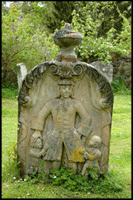 |  | 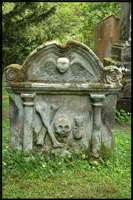 |  |
In the churchyard are many interesting headstones including the memorial to the farmer at Outerston, John Craig, who died in 1742. He is shown in his best clothing and with his children.
 | 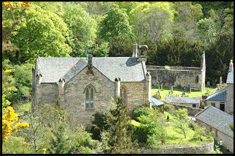 |
Opposite the Old Temple Kirk is situated the “new” Temple Kirk constructed in 1832 and now converted to a private house.
Over the years, Temple’s function has changed affecting its character and ambience. In the 18th and 19th centuries the village would have been a busy farming community with its full complement of shops and services. As elsewhere, the village has changed to a quiet residential settlement.
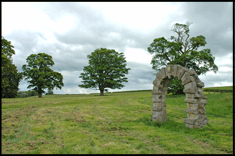 | 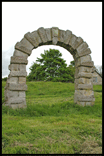 | 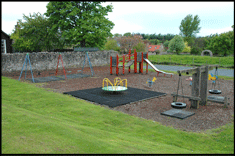 |
Temple House gateway still stands remote in a field to the east of the village. It led one time to Temple House.
In the 17th century, this area was known as “Clerkington” or the “Priest’s Town”. The land was sold to the Primrose family and made by charter in 1695 into a new Barony of Rosebery. Rosebery House lies to the west of the village adjacent to the steading of c. 1805 with its clock tower and doocot.
Temple and Arniston conservation area was designated by Midlothian Council on 11 October 1972.
If you have any information you would like added to this page, please get in touch.
